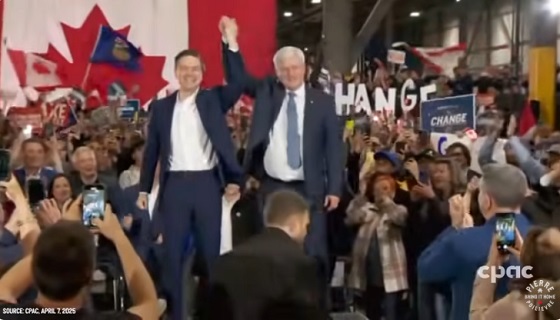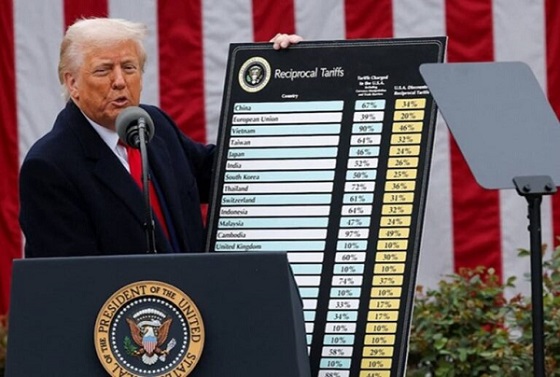National
Poilievre can pack a Rally—but can he take on the establishment, China’s influence, and the globalist elite?
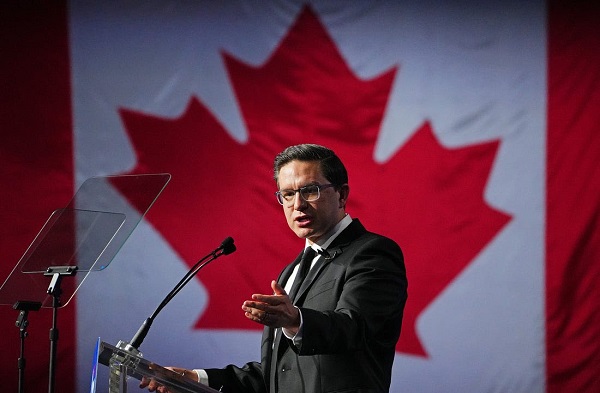
Thousands braved the cold to pack Poilievre’s rally, chanting ‘We need you!’
Pierre Poilievre didn’t just hold a rally. He delivered a political earthquake. Thousands of Canadians braved the cold—minus eleven degrees, snow falling, streets covered in ice—to stand shoulder to shoulder, packed into an overflowing venue, with even more watching from spillover rooms.
And it wasn’t just a polite gathering of voters looking for a fresh face to replace Trudeau’s tired, corrupt regime. No, this was something else entirely. It was a moment where you could feel the momentum shifting. It was the kind of rally that terrifies political elites because it tells them one thing—this isn’t just a campaign anymore. It’s a movement.
Now, we’ve seen this before. Obama in 2008, Trump in 2016. The political class and their media lapdogs always pretend these moments don’t exist—right up until the moment they steamroll the establishment and change the country forever. That’s the kind of energy we saw in Ottawa. That’s the kind of political force Poilievre is sitting on.
And the real question is: does he understand just how big this is? Because right now, he is either going to ride this wave to an unstoppable victory, or he is going to let the media, the bureaucrats, and the Liberal swamp talk him into playing it safe and blowing the biggest opportunity of his life.
Let’s talk about what he got right—because he got a lot right.
First, Mark Carney got absolutely eviscerated. And not a moment too soon. For months, the Liberal establishment and their media servants have been parading this unelected banker around like some kind of messiah—as if Canadians have been crying out for a smug, carbon-tax-obsessed globalist to come and save us from ourselves.
Well, Poilievre wasn’t having it. He torched Carney’s entire phony image in a single speech.
This is a guy—let’s be very clear about who he is—who has spent his entire career making life more expensive for you while getting richer off it. A man who cheered for the carbon tax in Canada while personally investing in American coal. A man who killed pipelines here while his own company bought them in the Middle East. A man who spent years whispering in Trudeau’s ear, pushing policies that have already driven over $500 billion in investment out of this country—and now, somehow, wants you to believe he’s the guy to fix it.
It was devastating, brutal, and completely deserved. And the best part? Poilievre made it clear that if Carney wins, Canada loses.
But that wasn’t even the most important part of the speech.
The most important moment came when Poilievre didn’t just talk about the economy—he talked about Canada’s survival.
Because that’s what this is about.
And this is where Poilievre really flipped the script on the media’s latest nonsense.
For weeks now, Canada’s press has been running around like a bunch of headless chickens, shrieking that Trump’s tariffs are going to destroy us—as if the biggest economic threat to this country isn’t the people running it into the ground from within.
And instead of taking the bait, instead of playing defense, Poilievre turned the entire argument on its head.
The real problem isn’t Trump. The real problem is that Canada can’t even trade with itself.
Think about that. Canada’s biggest economic problem isn’t some tariff threat from Washington—it’s that we have more trade barriers between our own provinces than we do with the United States. That is insane. That is deliberate economic sabotage. That is the kind of bureaucratic lunacy that only a Liberal government could create.
So instead of cowering in fear about what Trump might do, Poilievre did what no Canadian politician has done in decades—he promised to tear down interprovincial trade barriers in his first 30 days in office.
And suddenly, the entire media narrative collapsed.
Why? Because if Canada is so fragile that one American president can destroy our economy with a tariff, then maybe the real problem isn’t Trump. Maybe the real problem is that Liberal policies have left us so pathetically weak that we can’t even function as a country without America’s permission.
Now that’s leadership. That’s the kind of offensive strategy Canada needs.
And then, Poilievre did it again.
He unleashed his strongest energy vision yet.
He vowed to repeal C-69, the anti-pipeline law, within 60 days. He promised to fast-track LNG projects, restart the Ring of Fire mining industry, and put an end to the foreign-funded radical environmentalists who have spent decades deliberately crippling Canada’s energy sector while collecting cash from foreign oil interests.
The crowd exploded. Because Canadians know what’s been done to them.
This country should be an energy powerhouse. Instead, under Liberal rule, we have entire provinces collapsing under green energy scams while we import oil from countries that hate us.
Poilievre knows it. Canadians know it.
And yet, for all the things he got right, there was one glaring failure.
China.
Yes, Poilievre called China a hostile power. Yes, he promised to strengthen Arctic defenses and build a new military base in Iqaluit. That’s good. That’s necessary.
But that’s not enough.
Because Trudeau didn’t just let China threaten Canada from the outside—he let them infiltrate our democracy from the inside.
And that’s where Poilievre should have gone further.
He should have hammered the Houge Inquiry—the investigation into Chinese election interference that was so damaging that Trudeau shut down Parliament to bury it.
He should have exposed how CSIS warned the Liberals about Chinese interference—and they did nothing.
He should have pledged to ban CCP-linked companies from buying Canadian land, businesses, and resources.
He should have said, plainly and directly, that Trudeau’s government was complicit in allowing a foreign dictatorship to interfere in Canada’s democracy.
But he didn’t. And that was a mistake.
Because when you are standing in front of a roaring crowd, a movement waiting for a leader to take the gloves off, that is the moment you go all in.
Poilievre is so close. He has the passion. He has the policies. He has the momentum.
But now, he has to finish the job.
That means stop holding back on China. That means stop treating this like a normal election. That means expose the entire corrupt system—not just Trudeau, but the elites who profit off Canada’s decline.
Because the crowd is ready. The movement is here. The moment is now.
The only question is: is Poilievre ready to go all the way?
Watch the entire rally here: (Pierre begins to speak at 29:00)
2025 Federal Election
Taxpayers urge federal party leaders to drop home sale reporting to CRA

Party leaders must clarify position on home equity tax
The Canadian Taxpayers Federation is calling on all party leaders to prove they’re against home equity taxes by pledging to immediately remove the Canada Revenue Agency reporting requirement on the sale of primary residences.
“Canadians rely on the sale of their homes to pay for their golden years,” said Carson Binda, CTF B.C. Director. “After the government spent hundreds of thousands of dollars flirting with home taxes, taxpayers need party leaders to prove they won’t tax our homes by removing the CRA reporting requirement.”
Right now, the profit you make from selling your home is exempt from the capital gains tax. However, in 2016, the federal government mandated that Canadians report the sale of their homes to the CRA, even though it’s tax exempt.
The Canada Mortgage and Housing Corporation also spent at least $450,000 to study and influence public opinion in favour of home equity taxes. The report recommended a home equity tax targeting the “housing wealth windfalls gained by many homeowners while they sleep and watch TV.”
“A home equity tax would hurt seniors saving for their golden years and make homes more expensive for younger generations,” Binda said. “If the federal government isn’t planning on imposing a home equity tax, then Canadians shouldn’t be forced to report the sale of their home to the CRA.”
2025 Federal Election
‘Sadistic’ Canadian murderer claiming to be woman denied transfer to female prison

From LifeSiteNews
The logical decision to house the male murderer with men flies in the face of the Liberal Party’s official stance, which is to incarcerate prisoners according to their ‘self-identified’ gender.
A Canadian man who butchered his family and now claims to be a woman will not be allowed to transfer to a female prison.
On April 8, Correctional Services Canada (CSC) announced that Mohamad Al Ballouz, who brutally murdered his wife and two children, will be sent to a men’s prison, despite claiming to be a woman, according to CTV News.
“When there are overriding health and safety concerns, the request is denied and alternatives are put in place to meet the offender’s gender‑related needs at the institution where they are incarcerated,” the CSC statement reads.
Following an assessment of Al Ballouz request, CSC confirmed that he “will be incarcerated in a men’s institution.”
On December 16, Al Ballouz, a 38-year-old from Quebec, was found guilty second-degree murder of his wife Synthia Bussières, first-degree murder of five-year-old Eliam and two-year-old Zac, and one count of attempted arson.
Crown prosecutor Éric Nadeau revealed that the murder took place in September 2022 when Al Ballouz slaughtered his family at their Brossard apartment. He stabbed his wife 23 times before suffocated his children and trying to set the apartment on fire. He then ingested windshield washer fluid, which is believed to have been a suicide attempt.
During the trial, Quebec Superior Justice Eric Downs described Al Ballouz, as having a “sadistic character” and being “deeply narcissistic.” He was sentenced to life imprisonment with no chance of parole for 25 years.
Throughout the trial, Al Ballouz, a biological male, claimed to be a woman and demanded that he be referred to as “Levana,” a change which was made after he was charged for his crimes. Notably, the Canadian Broadcasting Report’s (CBC’s) report of the case refers to the convicted murder as “she” and uses his fake name.
Following his sentencing, the murderer requested to be sent to the Joliette Institution for Women; however, Downs responded that is a decision for Correctional Service Canada.
Currently under the Liberal Party, the policy is to place prisoners according to their “self-identified” gender, not according to biology. As a result, male rapists and murderers can be sent to prison with females.
However, Al Ballouz’s case caused an uproar on social media as many pointed out that putting the murderer in a women’s prison would pose a danger to female inmates.
Conservative Party leader Pierre Poilievre has condemned the Liberal policy and promised that he would end this practice if elected.
“Surreal: A man who killed his wife and two kids now claims he is a woman to go to a female prison,” he wrote in a December 22 post on X.
“I can’t believe I have to say this: but when I’m PM, there will be no male prisoners in female jails,” Poilievre continued. “Period.”
-
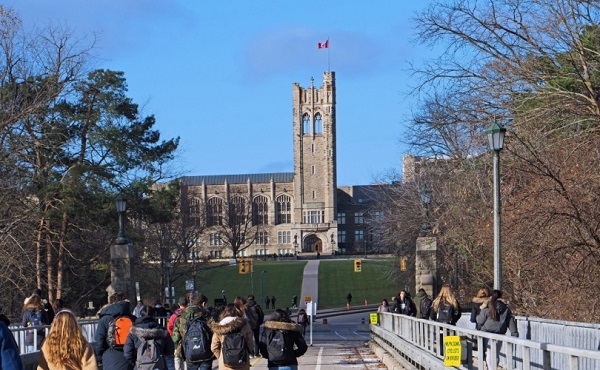
 2025 Federal Election2 days ago
2025 Federal Election2 days agoRCMP memo warns of Chinese interference on Canadian university campuses to affect election
-

 2025 Federal Election1 day ago
2025 Federal Election1 day agoResearchers Link China’s Intelligence and Elite Influence Arms to B.C. Government, Liberal Party, and Trudeau-Appointed Senator
-
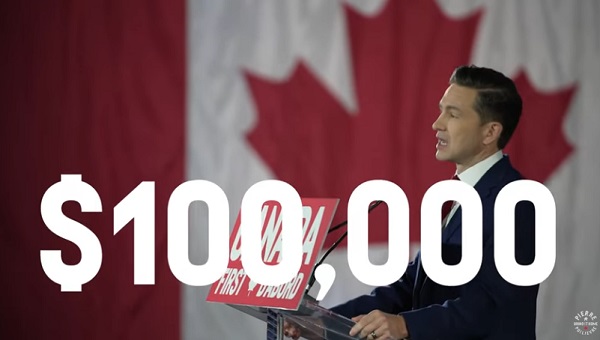
 2025 Federal Election1 day ago
2025 Federal Election1 day agoPoilievre Announces Plan To Cut Taxes By $100,000 Per Home
-
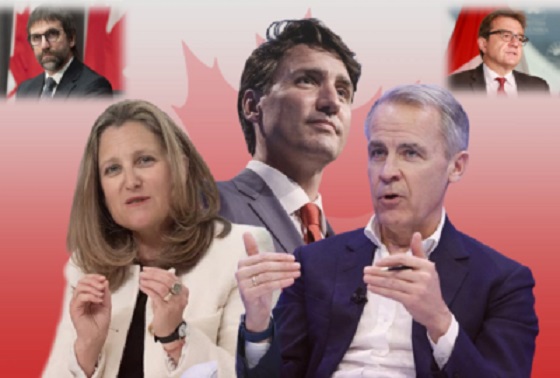
 2025 Federal Election2 days ago
2025 Federal Election2 days agoThe status quo in Canadian politics isn’t sustainable for national unity
-
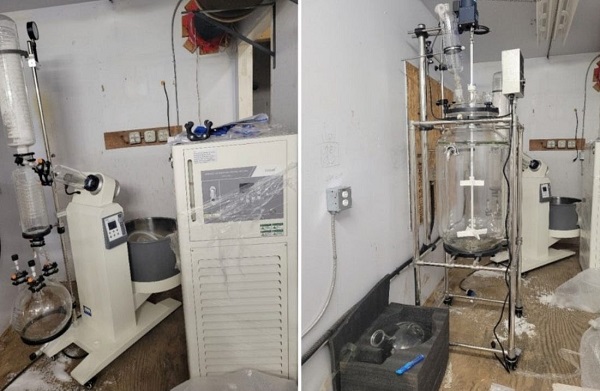
 Business16 hours ago
Business16 hours agoCanadian Police Raid Sophisticated Vancouver Fentanyl Labs, But Insist Millions of Pills Not Destined for U.S.
-
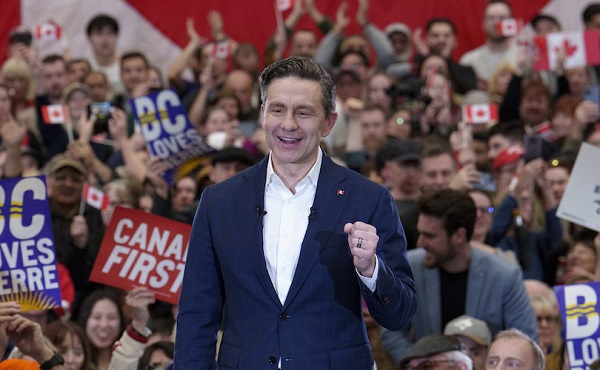
 2025 Federal Election1 day ago
2025 Federal Election1 day agoTwo Canadian police unions endorse Pierre Poilievre for PM
-
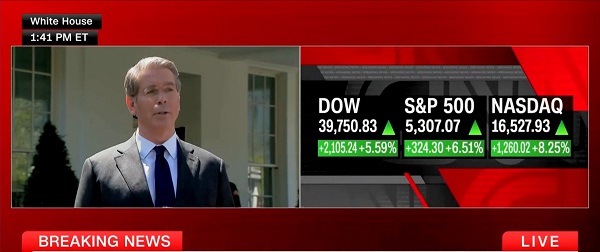
 Business2 days ago
Business2 days agoScott Bessent Says Trump’s Goal Was Always To Get Trading Partners To Table After Major Pause Announcement
-

 2025 Federal Election1 day ago
2025 Federal Election1 day agoCarney needs to cancel gun ban and buyback






